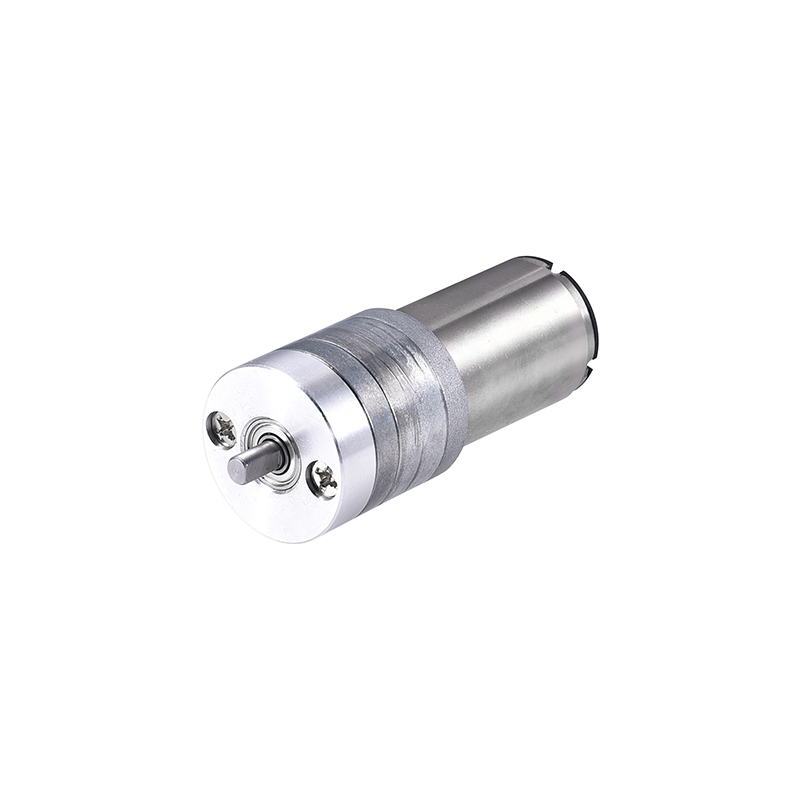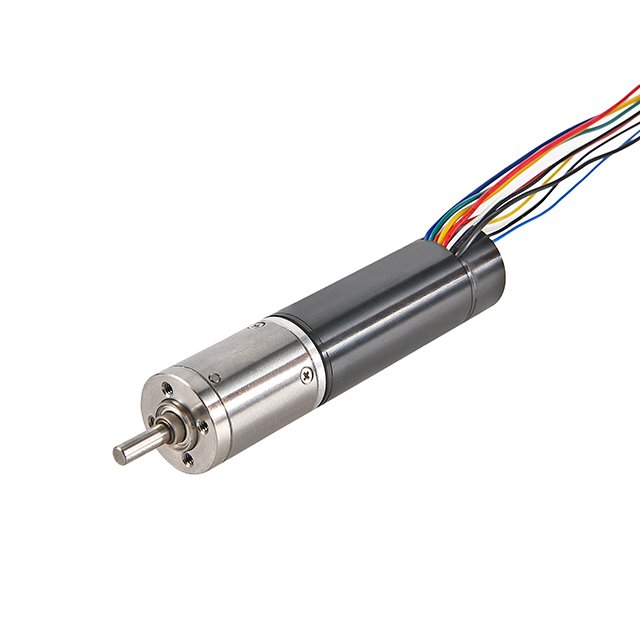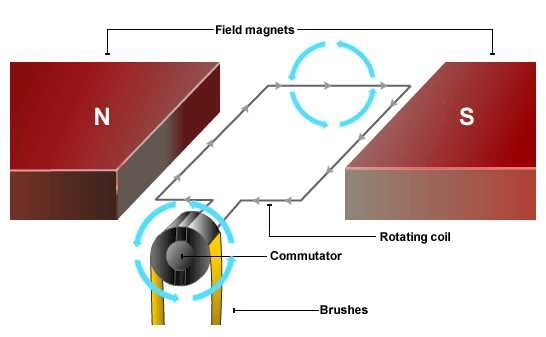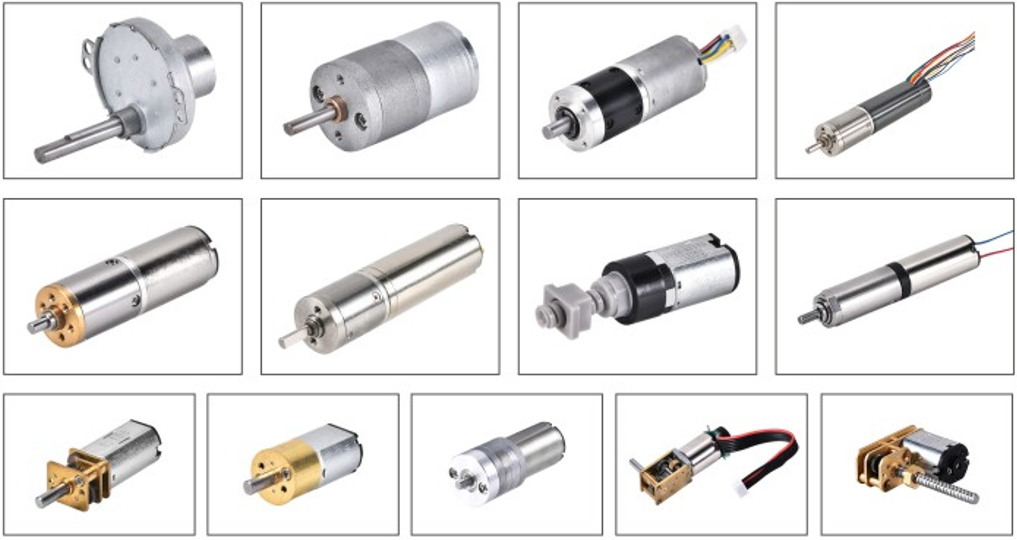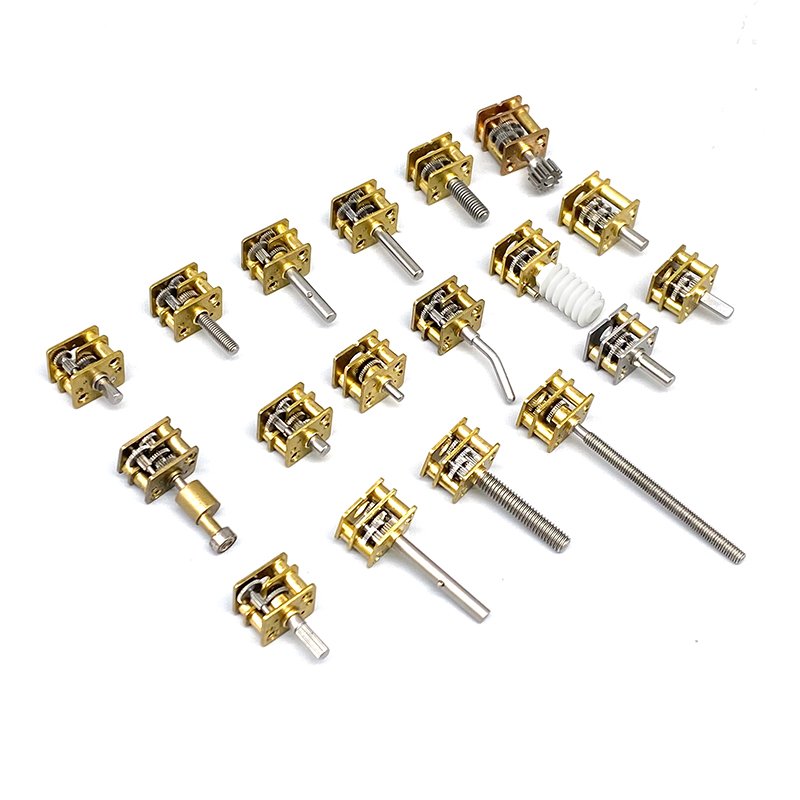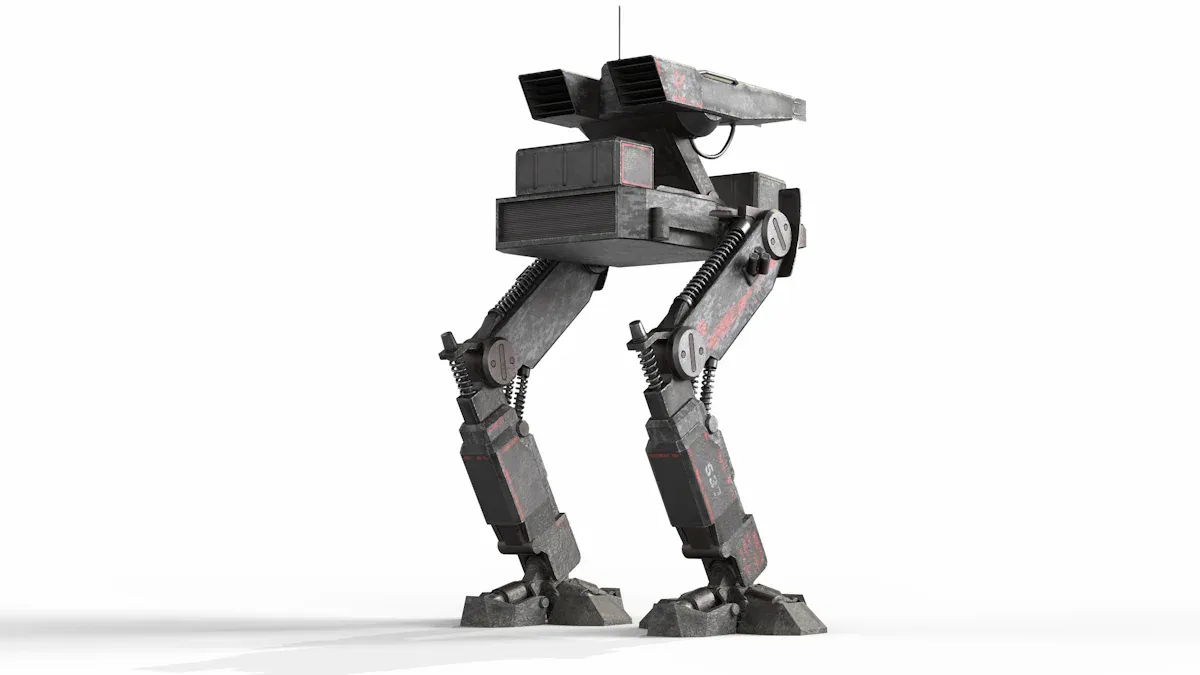Controlling vibration in machines needs accuracy and flexibility. Problems like uneven performance, tricky setups, and wasted energy can happen. This is where 24VDC motors help. These motors work well in small, dependable, and efficient setups. Their design fits easily into current systems, making tasks simpler. They boost efficiency and last longer, cutting down on repairs. Whether you handle big machines or delicate tools, these motors give you the dependability you want.
Key Takeaways
24VDC motors are small and fit in tight spaces easily.
They use less energy, cutting electricity costs and upkeep expenses.
Pairing them with VFDs gives better control and fewer vibrations.
Their 24V standard voltage makes connecting to systems fast and simple.
Strong design makes them last in tough places, reducing repairs needed.
1. Small Design for Easy Fit
How small 24VDC motors work in tight spots
Vibration control systems often have limited space to work with. You need parts that fit well without losing performance. This is where 24VDC motors are helpful. Their small size makes them perfect for places where space is tight.
These motors usually have an 8mm shaft, making them easy to add to machines.
The MVE series is made for small spaces. It is light and compact, so it’s simple to install in many setups.
Picking a motor with a small size helps you arrange your system better. You won’t need to change your current setup. This flexibility keeps your vibration control system working well, even in cramped areas.
Why smaller motors are better for vibration control
Smaller motors don’t just save space—they make the whole system better. Compact 24VDC motors are built to give strong power while staying small. This mix of power and size has many benefits:
Feature | Benefit |
|---|---|
Smaller motor size | Gives more power with better magnet shape and rotor design |
Better machine durability | Built with strong bearings and heat-resistant windings |
Higher machine performance | Offers strong torque and quick electrical response |
Using these motors can also lower machine vibration. This boosts productivity and reduces wear on parts. It means less fixing and longer-lasting systems. Plus, the small design speeds up testing, so you can find and fix problems faster.
With 24VDC motors, you get a solution that fits tight spaces and improves how your vibration control system works.
2. Energy Efficiency in Gear Systems
Uses less power than other motor types
Choosing 24VDC motors helps save energy in vibration control. These motors are made to use less power while giving strong performance. They provide high torque even at low speeds, which is great for precise gear control.
The planetary gear system in these motors makes them very efficient. It cuts down on energy loss, so more power goes to the task. This design also keeps the motor cooler, helping it last longer and need fewer repairs.
Tip: Add 24VDC motors to your gear systems for longer use and lower energy costs. They work well for jobs that need steady performance.
How saving energy lowers costs in gear systems
Using less energy isn’t just good for the planet—it saves money too. 24VDC motors use less power, which lowers your running costs. Their smart design keeps your vibration control systems working without wasting energy.
Here’s how these motors help you save:
Lower electricity bills: Using less power means spending less on energy.
Less maintenance needed: These motors stay cooler and are built to last, so they break down less often.
Longer motor life: Efficient energy use helps the motors last longer, so you don’t need to replace them as often.
Feature | Cost-Saving Benefit |
|---|---|
High torque at low speeds | Precise control with less energy waste |
Reduced heat generation | Fewer repairs and lower upkeep costs |
Longer operational times | Less frequent replacements needed |
By using 24VDC motors in your vibration control systems, you get better efficiency and save energy. These motors are a smart choice for reliable and cost-effective solutions.
3. Accurate Control with VFD
Why precision matters in controlling vibrations
Precision is key to managing vibrations well. Uncontrolled vibrations can harm machines, lower efficiency, and cause expensive delays. A VFD helps by controlling motor speed exactly, which affects how vibrations are handled. Adjusting the motor carefully reduces extra shaking and keeps things running smoothly.
Studies show VFD systems improve vibration control. For instance, vibration signals from a VFD can show speed changes and find bearing problems. This helps spot issues early and keep motors working reliably. By focusing on certain frequency ranges, you can find and fix important vibration patterns before they get worse. This accuracy keeps your system running efficiently and avoids sudden breakdowns.
How VFDs make fine adjustments for better performance
Modern VFDs have smart features for easy, precise adjustments. They use special programs to watch motor activity and change speed instantly. This lets you react quickly to load or vibration changes, keeping performance steady.
Advanced VFDs also work well with sensors and controllers. These tools team up to give exact control over motor actions. For example, if a sensor notices more vibration, the VFD can slow or speed up the motor to fix it. This quick reaction keeps machines stable and lasts longer.
You can also set advanced VFDs for specific tasks. Whether it’s a fast motor or a delicate system, you can adjust the VFD settings to fit. This makes sure your system works its best in different vibration control situations.
Using modern VFDs gives you better control, reduces damage, and boosts efficiency.
4. Easy Integration with Adaptive Systems
Simple setup with semi-active adaptive vibration control systems
Vibration control systems must adjust to changes quickly. Semi-active adaptive systems can do this well. They use smart controllers to change performance instantly. Adding 24VDC motors makes this process easier. These motors are plug-and-play, so they install without tricky wiring or coding.
For example, in bridges with SABFD (semi-active fluid viscous damper), 24VDC motors improve efficiency. They work smoothly with adaptive controllers to manage energy and vibrations. This setup saves time and boosts system performance.
Tip: Use 24VDC motors in adaptive systems for easy setup and steady control in tough tasks.
Why standard voltage makes systems simpler and less complicated
Standard voltage helps make system design easier. With 24VDC motors, there’s no need for special converters or adapters. This makes systems less complex and ensures they work well together.
In semi-active systems, standard voltage helps controllers run better. Adaptive setups, like those with fluid viscous dampers, benefit from this uniform voltage. It allows parts to work together smoothly, saving energy and improving performance.
Feature | Benefit |
|---|---|
Standardized 24VDC voltage | Makes design easier and solves integration problems |
Steady energy flow | Improves controller performance and system reliability |
Less complexity | Speeds up setup and reduces troubleshooting issues |
Using 24VDC motors makes systems easier to design, set up, and maintain. This saves time and increases efficiency, making them great for adaptive vibration control systems.
5. Durability in Vibration Environments
Strong design for lasting use in tough conditions
Durability is important in places with lots of vibrations. Motors must handle constant shaking without losing power. 24VDC motors are built tough to work well in these situations. They use strong materials like heat-proof wires and sturdy bearings to last longer.
For example, in fast trains, motor bearings face heavy vibrations. Studies show stator currents stay steady even with problems. This shows how strong parts keep motors working well. But vibration levels can change, so motors must handle these shifts.
The motor’s outer case also helps a lot. It blocks outside forces, cutting down noise and shaking. This not only makes the motor last longer but also keeps the whole system reliable. Picking a motor with a strong build ensures it works well for a long time.
How vibration-proof features boost reliability and cut downtime
Vibration-proof motors help systems run better and break less. These motors protect their parts from damage caused by shaking. This means fewer repairs and less time when machines stop working. For instance, in systems with dampers, these motors stay steady even with changing loads.
They also help find problems early. Lower vibration levels on the motor’s case can show certain issues. A vibration-proof motor lets you fix these problems before they get worse.
These motors also make controllers work better. By staying stable, they let controllers adjust smoothly without overreacting to extra shaking. This teamwork keeps the system running its best.
Using vibration-proof motors reduces downtime and makes systems last longer. They are a smart pick for any job needing vibration control.
24VDC motors make vibration control systems easier in five main ways. Their small size fits tight spaces, and they save energy to cut costs. They work smoothly with VFDs for precise control and connect easily to adaptive systems. Their strong design handles vibrations well, reducing downtime and improving reliability.
These motors are powerful, tough, and run quietly. They work in many setups and are made in the USA for lasting quality. With a three-year warranty, they give you confidence and great value.
Tip: Try 24VDC motors to improve your system’s efficiency, reliability, and simplicity.
FAQ
Why are 24VDC motors good for vibration control?
They are small, save energy, and give precise control. These motors fit easily into systems and work in tough conditions. Their standard voltage and strong build make them reliable and long-lasting.
Can 24VDC motors help lower energy bills?
Yes, they use less power but still give strong torque. Their smart design wastes less energy, cutting electricity costs. Plus, they stay cooler, lasting longer and saving money on repairs.
Are 24VDC motors easy to use with adaptive systems?
Yes! These motors are simple to set up with adaptive systems. Their 24VDC voltage makes them easy to connect with sensors and controllers. This makes them perfect for modern vibration control systems.
How do 24VDC motors perform in tough vibration conditions?
They are made with strong materials like heat-proof wires and sturdy bearings. Their vibration-resistant design reduces damage, keeping them running well. They work reliably in hard jobs like factories or trains.
Do 24VDC motors need a lot of maintenance?
No, their smart design and strong build mean less upkeep. They stay cool and resist vibration damage, lasting longer. This means fewer repairs and lower maintenance costs for your system.
